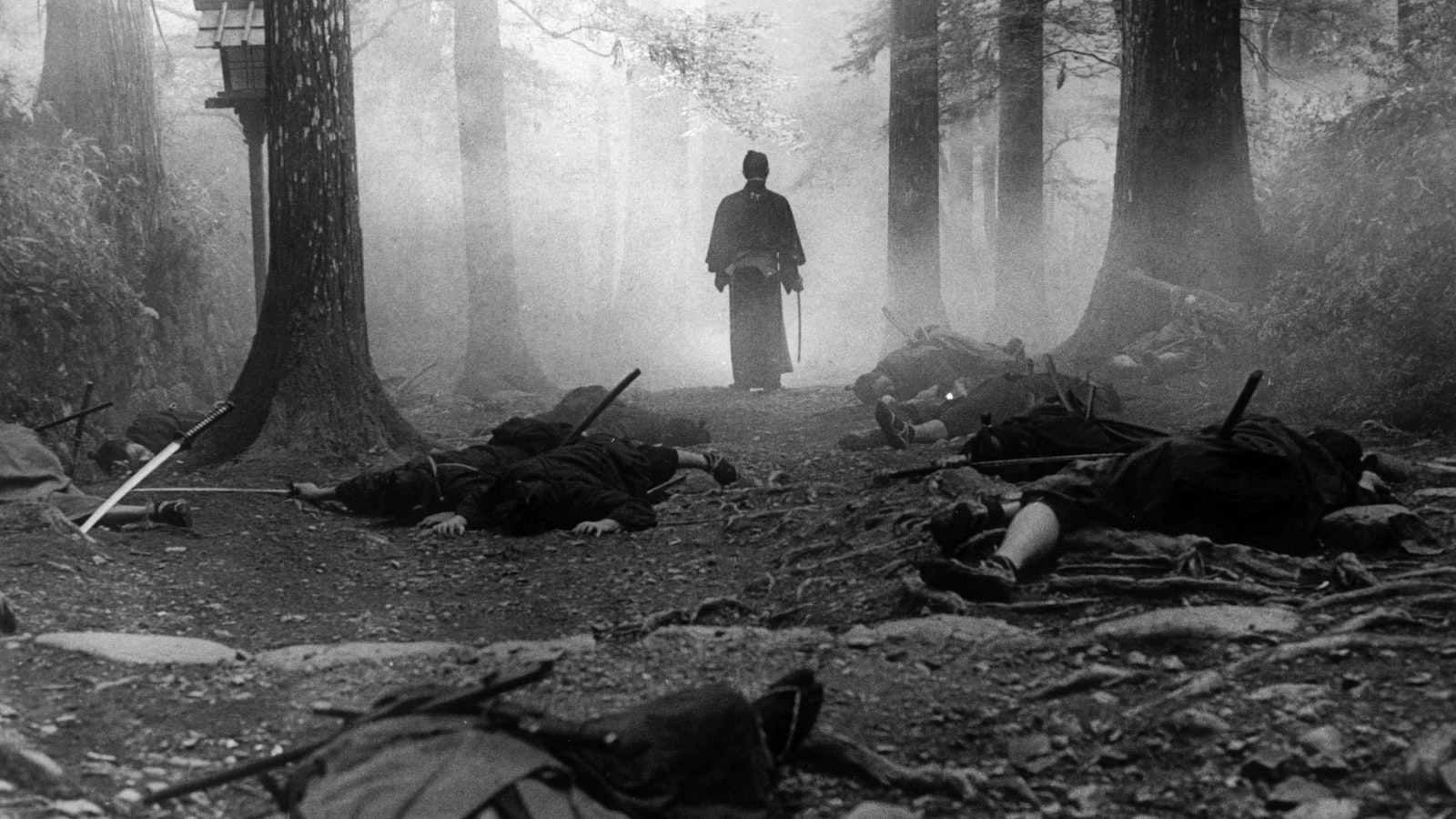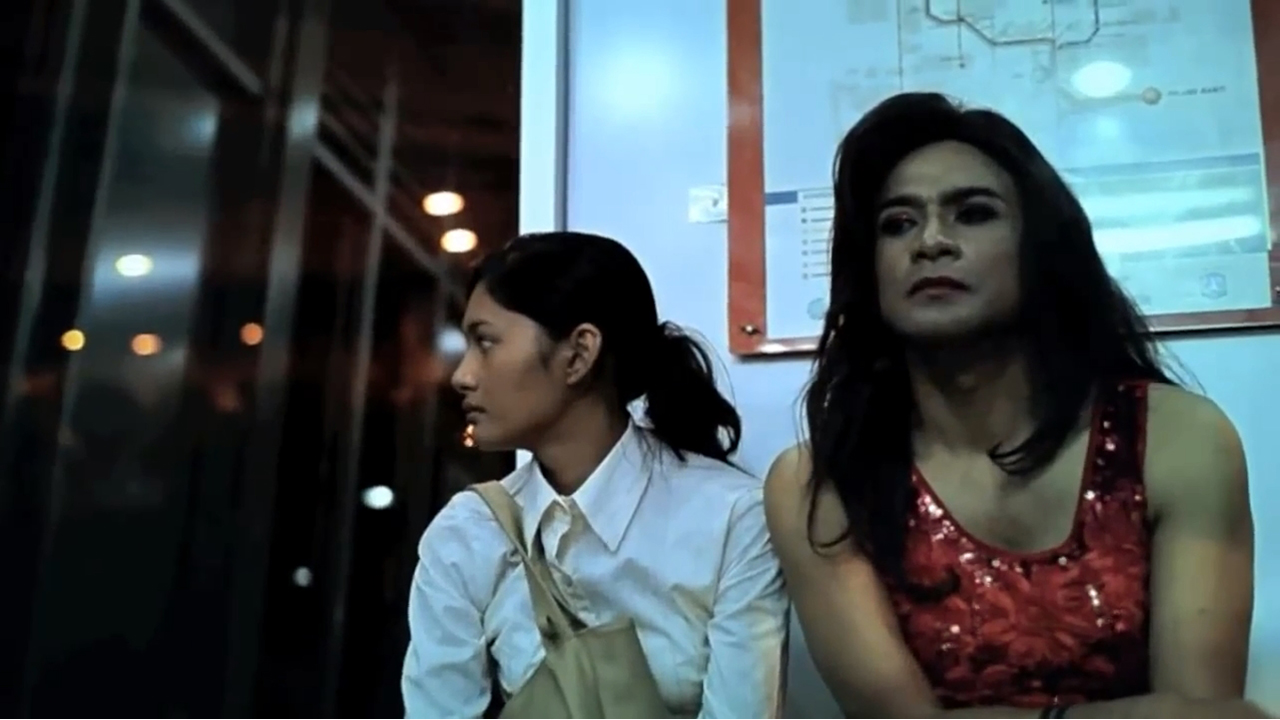
The Sword of Doom (1966): A Exploration of Darkness & Morality
japanchildrenrights.org – The 1966 Japanese film “The Sword of Doom,” directed by Kihachi Okamoto, stands as a compelling entry in the jidaigeki (period drama) genre. The film is adapted from the novel “Daibosatsu Toge” by Kaizan Nakazato and features a complex narrative centered around the themes of vengeance, moral ambiguity, and the human capacity for violence.
Plot Overview
Set during the tumultuous final days of the Tokugawa shogunate, “The Sword of Doom” follows the story of Ryunosuke Tsukue, portrayed by Tatsuya Nakadai. Ryunosuke is a master swordsman with a cold, sociopathic demeanor, who kills without remorse. His journey is marked by a series of violent encounters that reveal the depths of his moral decay. As Ryunosuke’s actions attract the ire of those around him, the film paints a bleak picture of a man consumed by his own darkness.
Themes and Analysis
“The Sword of Doom” explores themes of nihilism and the absence of morality. Ryunosuke’s character is emblematic of the film’s exploration of the human psyche’s darker aspects. His lack of empathy and relentless pursuit of violence serve as a critique of the destructive nature of unchecked power and the internal chaos it breeds.
The film’s narrative structure is notable for its episodic nature, with each encounter heightening the tension and further illustrating Ryunosuke’s descent into madness. The director, Kihachi Okamoto, employs stark cinematography and a haunting score to emphasize the film’s somber tone, making “The Sword of Doom” a visually stunning yet deeply unsettling experience.
Cinematic Techniques
Okamoto’s use of long takes and dynamic swordplay sequences showcases not only the technical prowess of the actors but also the intricacies of the film’s choreographed violence. The film’s atmosphere is further enhanced by its moody black-and-white aesthetic, which underscores the moral ambiguity and psychological turmoil of the characters.
Reception and Legacy
Upon its release, “The Sword of Doom” was met with acclaim for its daring narrative and intense performances. Tatsuya Nakadai’s portrayal of Ryunosuke is particularly lauded for its chilling intensity and depth, contributing to the film’s status as a classic within the samurai film genre.
Over the years, “The Sword of Doom” has influenced numerous filmmakers and continues to be studied for its thematic richness and stylistic achievements. The film’s exploration of existential despair and moral ambiguity resonates with audiences, ensuring its place as a significant work in the canon of Japanese cinema.
Conclusion
“The Sword of Doom” remains a powerful meditation on the nature of evil and the human condition. Its exploration of a morally bankrupt protagonist provides a profound commentary on the consequences of a life devoid of empathy and compassion. As a masterpiece of Japanese cinema, “The Sword of Doom” challenges viewers to confront the darkness within, leaving a lasting impression long after the credits roll.


